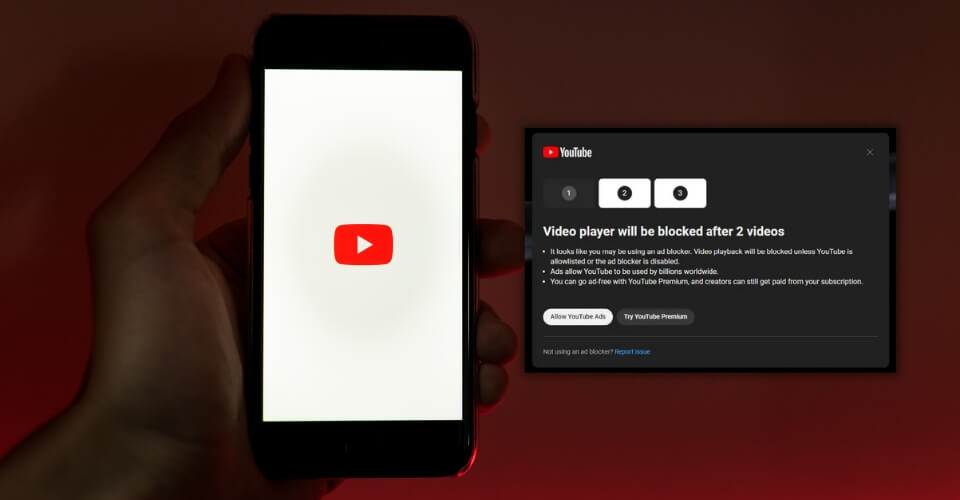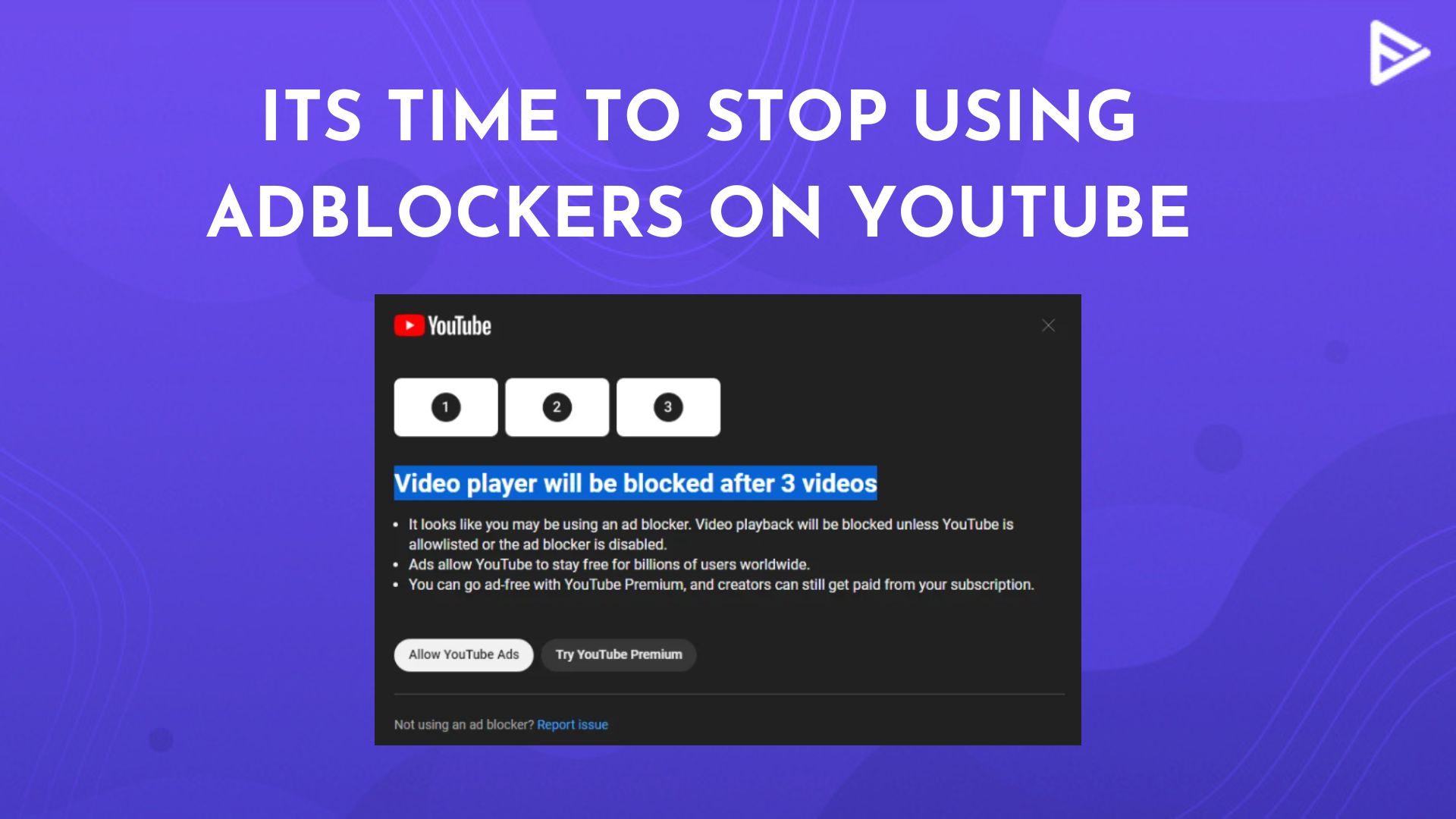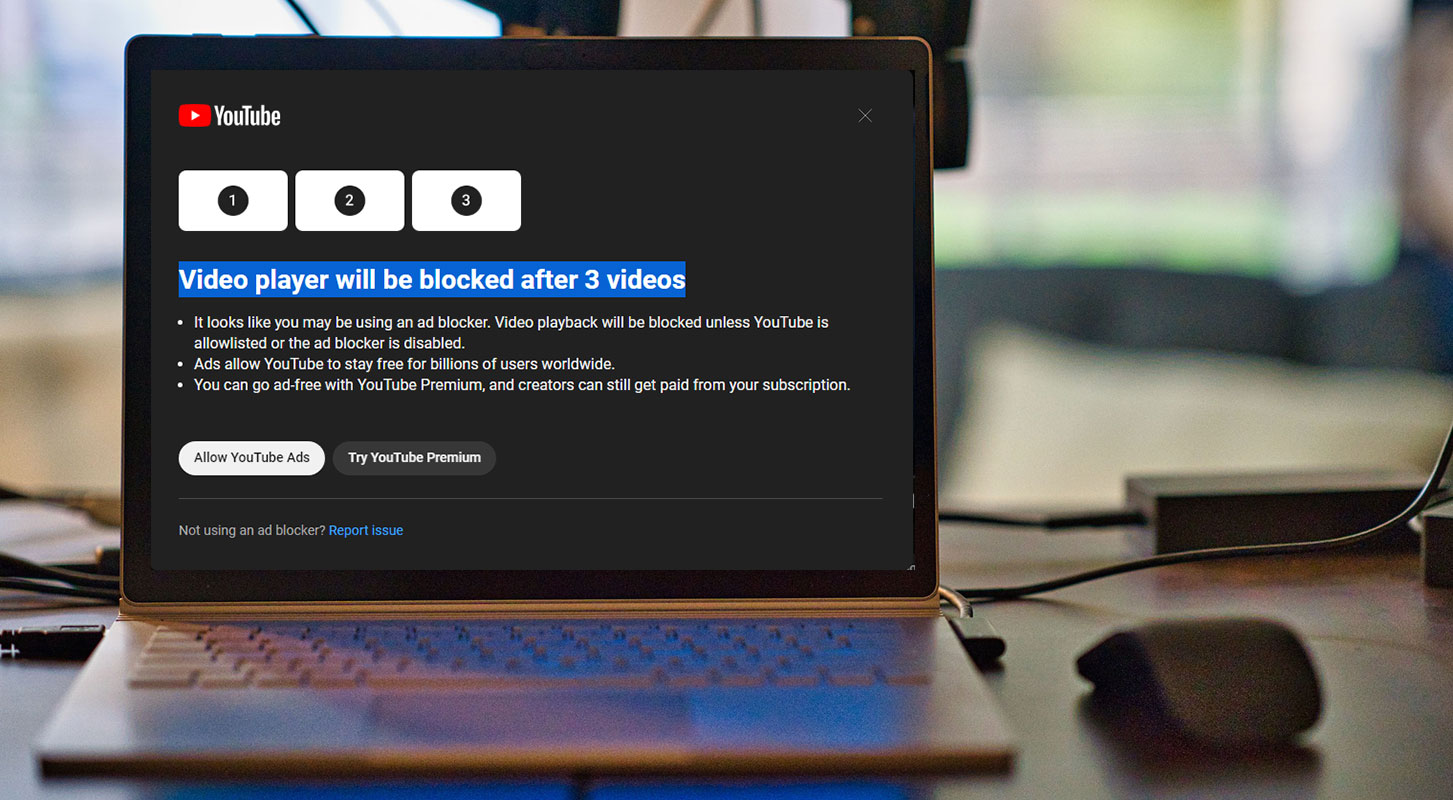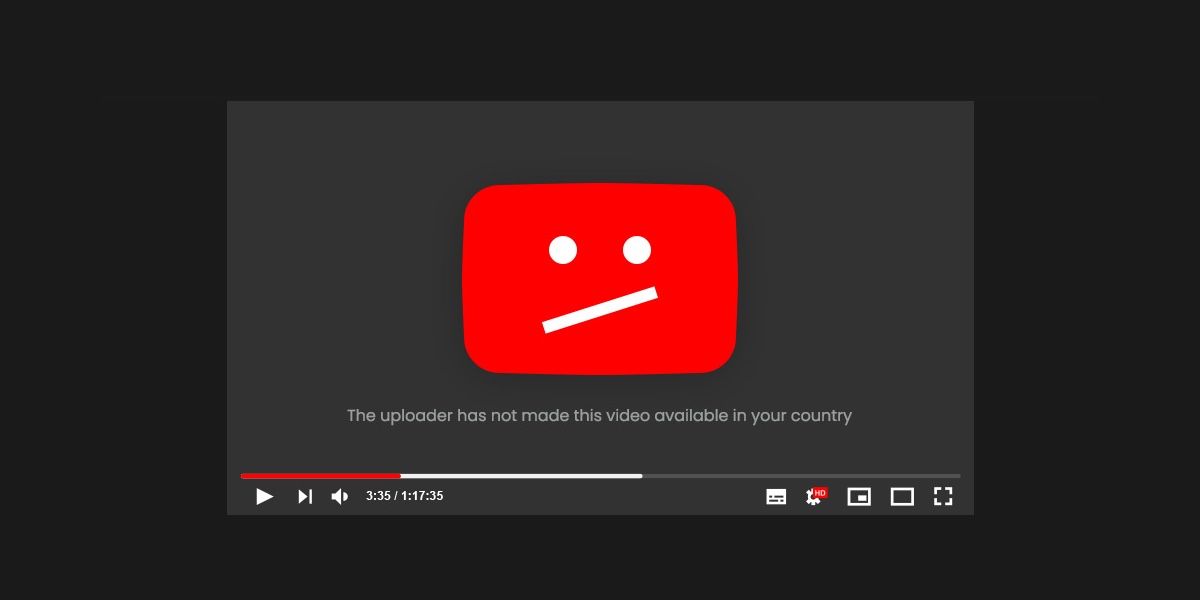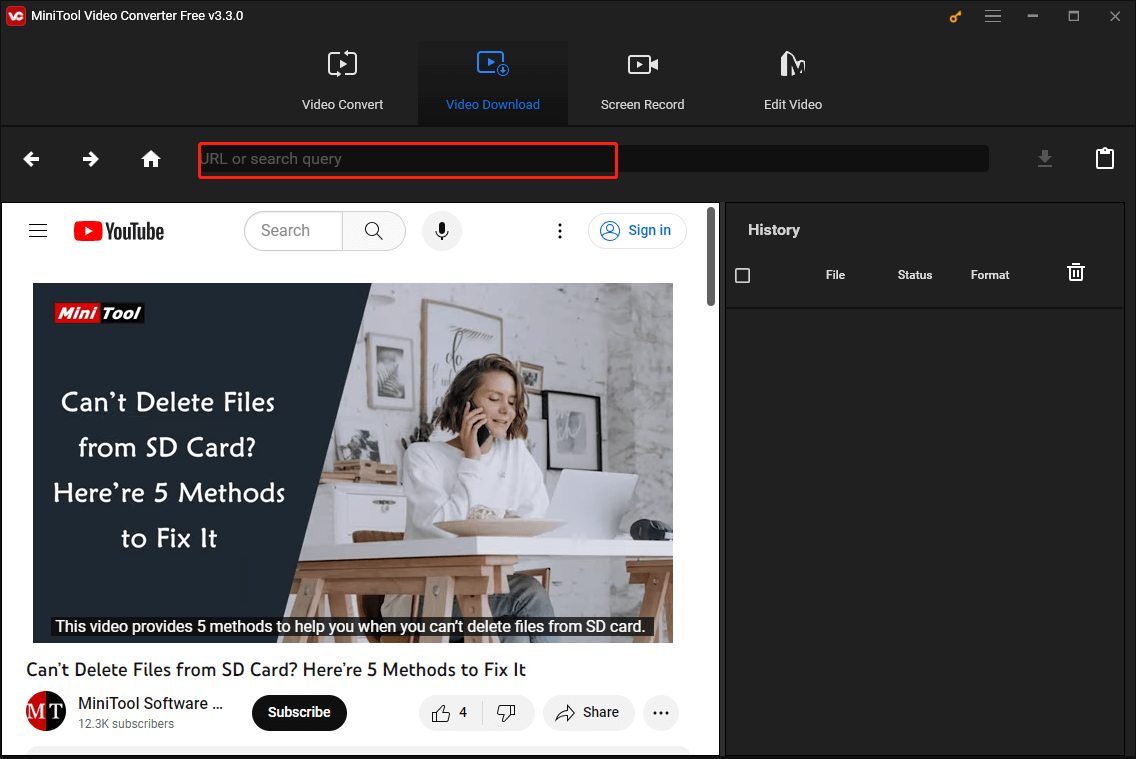Video Player Will Be Blocked After 3 Videos
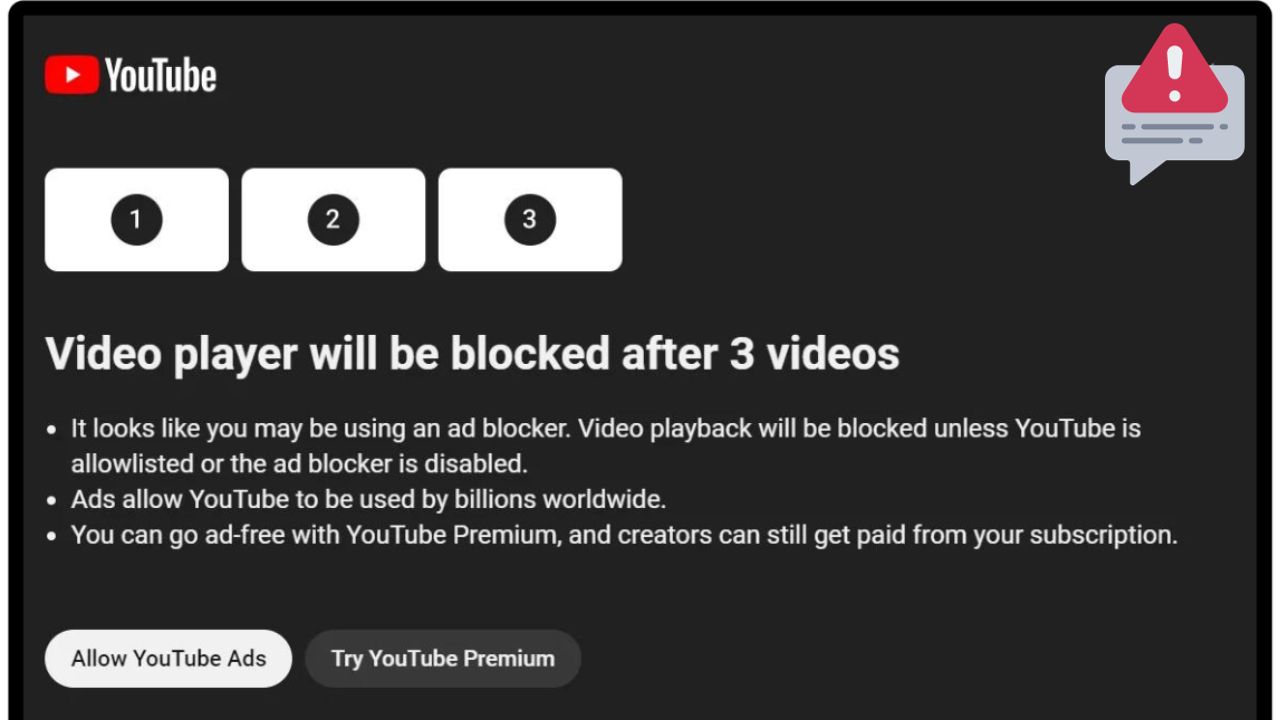
Imagine settling onto your couch after a long day, a steaming mug of tea in hand, ready to dive into that captivating documentary everyone’s been talking about. The opening scenes flicker to life, the narrative pulls you in, and then… darkness. A polite, yet firm, message appears: "You've reached your viewing limit. Upgrade to continue." The era of endless free streaming might be edging towards a close, or at least, a significant shift.
This is the reality many users of a popular video platform are facing as the company implements a new policy limiting free viewing to just three videos. This change, aimed at bolstering subscription numbers and supporting content creators, marks a pivotal moment in the evolution of online video consumption.
The Changing Landscape of Online Video
For years, the internet has been synonymous with free content. Video platforms, initially funded by venture capital and advertising revenue, offered a seemingly endless buffet of entertainment and information.
YouTube, for instance, revolutionized how we consume video, becoming a ubiquitous source for everything from cat videos to educational tutorials. The promise was simple: watch ads, enjoy free content.
However, this model is facing increasing strain. The cost of hosting and streaming vast amounts of video data is substantial.
Furthermore, content creators, the lifeblood of these platforms, are demanding fairer compensation for their work. This push for sustainability is driving platforms to explore new revenue streams, including subscription models and pay-per-view options.
The Three-Video Threshold: A Closer Look
The new policy, announced via a blog post and subsequent email to users, limits free viewing to three videos per user per month. After exceeding this limit, viewers will be prompted to subscribe to a premium plan to unlock unlimited access.
The company's statement emphasized the need to "invest in a sustainable future for online video," highlighting the rising costs of infrastructure and the importance of supporting content creators. The decision hasn't been without controversy.
Many free users have expressed frustration and disappointment, arguing that the new policy diminishes the platform's appeal and accessibility. Some have even threatened to switch to rival platforms that continue to offer unlimited free viewing.
However, the company maintains that the three-video threshold offers a reasonable balance, allowing casual users to continue enjoying some free content while encouraging more engaged viewers to subscribe. They state that this change is a direct result of the evolving digital landscape, where maintaining high-quality services requires significant financial investment.
Impact on Content Creators
The success of this new model hinges on its ability to benefit content creators. The company has pledged to allocate a larger share of subscription revenue to creators, aiming to incentivize them to produce even more engaging and high-quality content.
For many independent creators, the prospect of increased revenue is a welcome development.
"We've been struggling to make ends meet with ad revenue alone," said Sarah Miller, a popular vlogger whose channel focuses on sustainable living. "A subscription model could provide a more stable income stream and allow us to invest more in our content."
However, there are also concerns that the new policy could disproportionately impact smaller creators who rely on the discoverability afforded by free viewing. If fewer people are able to freely sample their content, it could become harder for them to attract new subscribers.
"It's a double-edged sword," explained David Chen, a musician who uses the platform to share his original songs. "On the one hand, I could earn more from subscribers. But on the other hand, it might be harder to reach new listeners if they're limited to three free videos."
The Subscription Model: Is It the Future?
The move towards subscription-based video consumption is not unique to this platform. Netflix, Hulu, and Disney+ have all demonstrated the viability of subscription models, offering exclusive content and ad-free viewing experiences.
However, the key difference lies in the historical expectation of free content on platforms like YouTube and Vimeo. Will users be willing to pay for content that they previously accessed for free?
The answer likely depends on the value proposition. If the platform can offer a compelling selection of exclusive content, ad-free viewing, and other benefits, it may be able to convince a significant portion of its user base to subscribe.
According to a recent survey conducted by a market research firm, "37% of internet users are willing to pay for online video content if it offers unique or high-quality experiences." This suggests that there is a potential market for subscription-based video services, but the challenge lies in effectively communicating the value proposition to consumers.
Navigating the New Landscape
For users who are unwilling to subscribe, there are still ways to enjoy free video content online. YouTube, for example, continues to offer a vast library of free videos, albeit with advertisements.
Alternative platforms, such as Dailymotion and Twitch, also provide free viewing options, though their content libraries may be less extensive. Exploring these alternatives could help budget-conscious viewers maintain access to a wide range of video content without paying a subscription fee.
Additionally, many libraries and educational institutions offer free access to streaming services and educational videos. These resources can provide valuable learning opportunities and entertainment without incurring additional costs.
Looking Ahead
The decision to limit free viewing to three videos marks a turning point in the online video landscape. It reflects the growing pressure on platforms to generate revenue and support content creators while maintaining a sustainable business model.
Whether this particular approach proves successful remains to be seen. The platform's success will depend on its ability to attract new subscribers, retain existing users, and ensure that content creators are fairly compensated.
One thing is certain: the era of truly free and unlimited online video is evolving. As consumers, we must adapt to these changes and make informed choices about how we consume video content in the digital age.


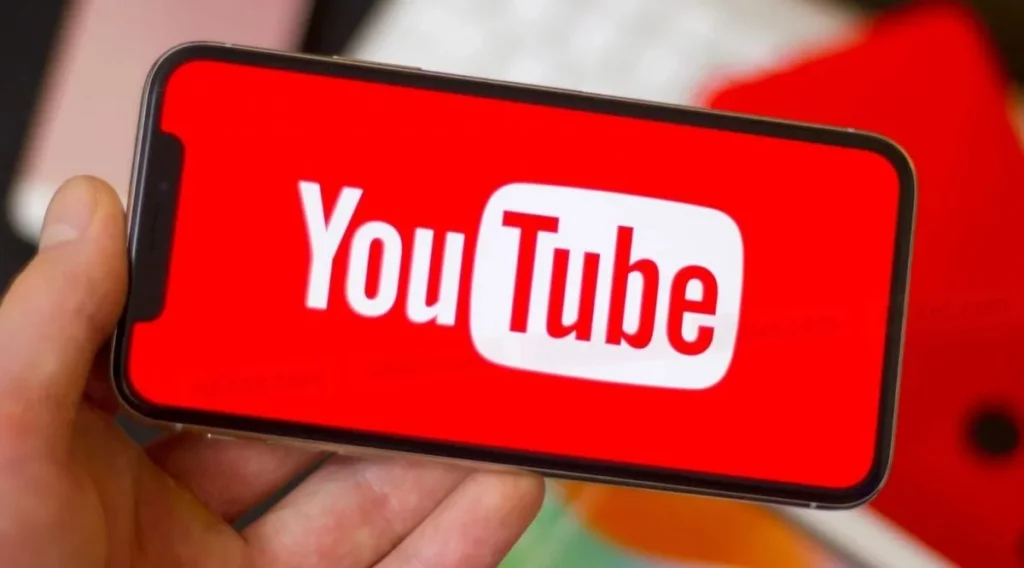
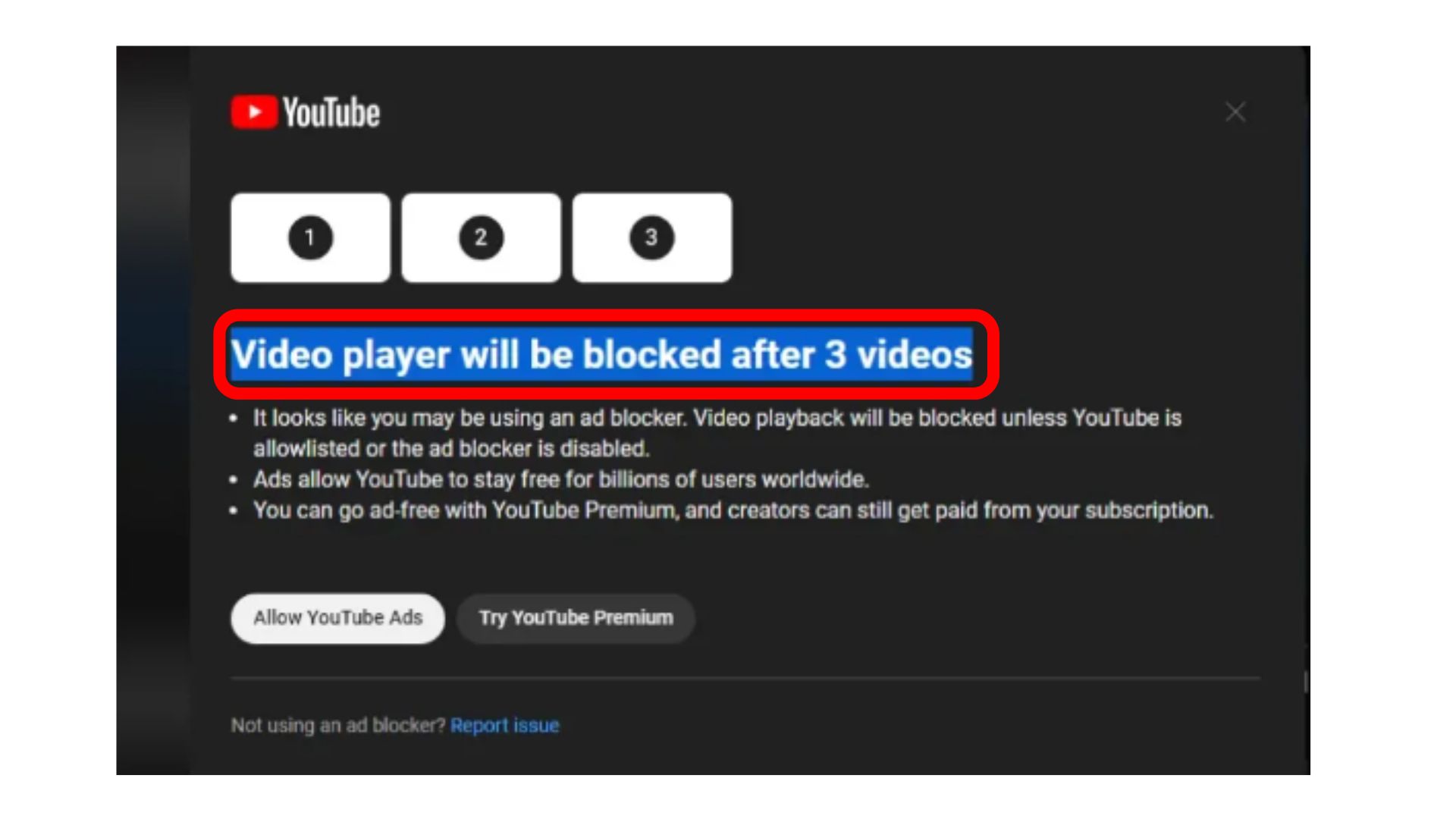
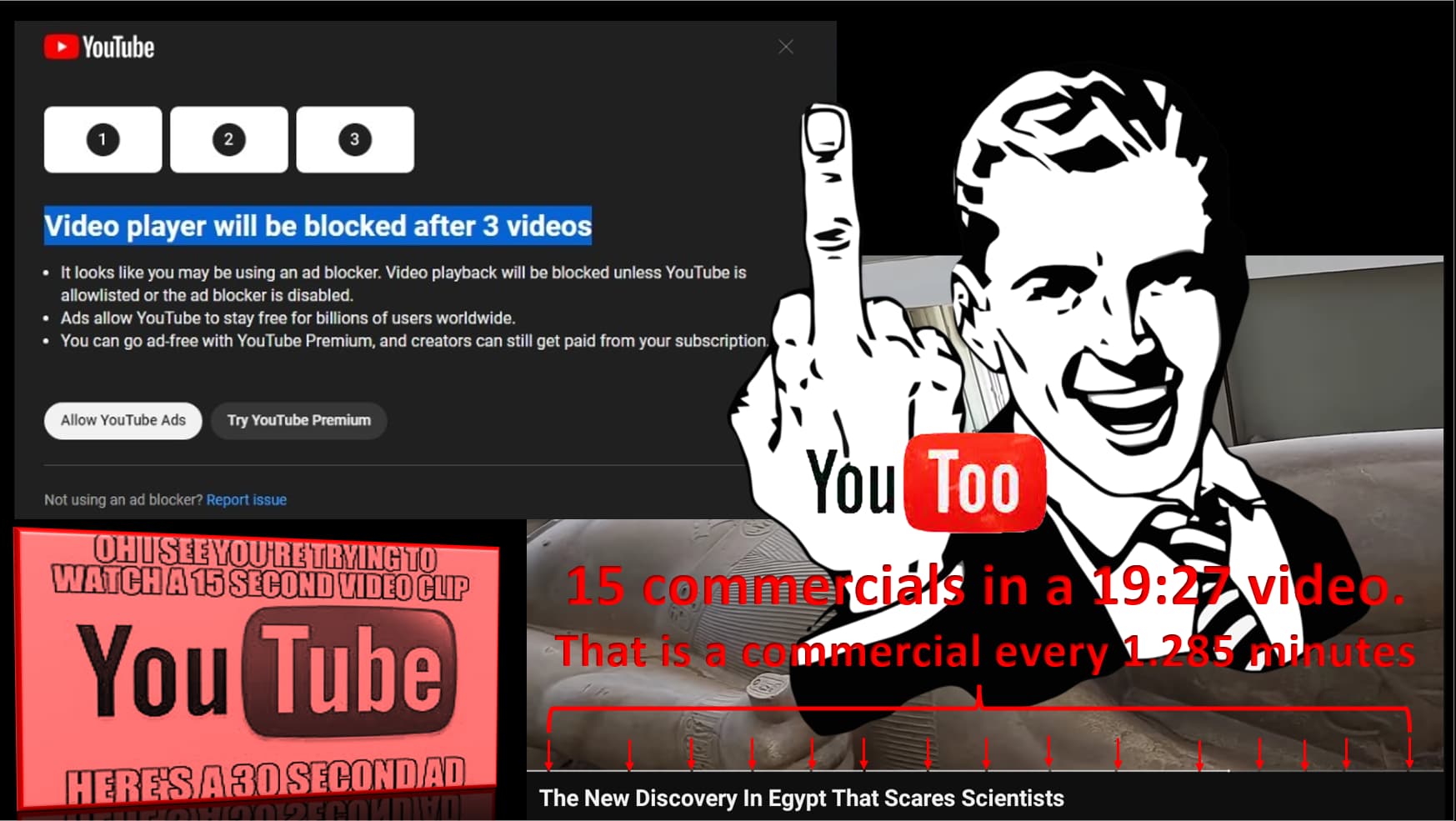
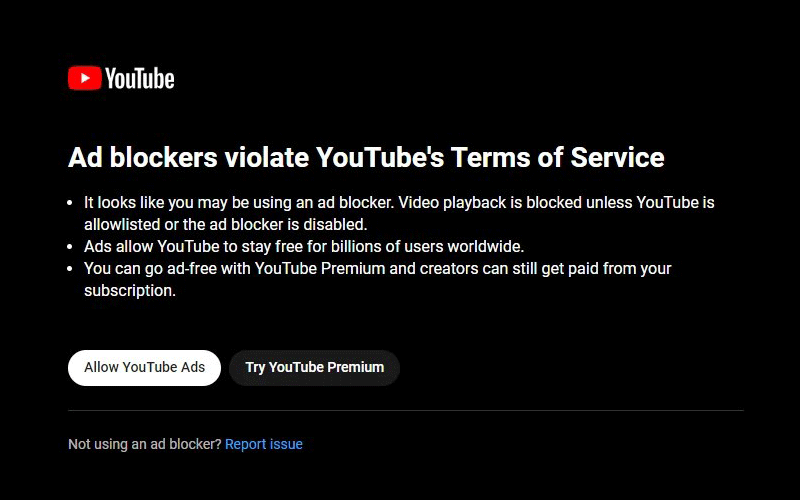

![Video Player Will Be Blocked After 3 Videos Como assistir a vídeos bloqueados do YouTube [6 maneiras eficazes]](https://img.youtube.com/vi/_FQLRJpnivc/maxresdefault.jpg)
